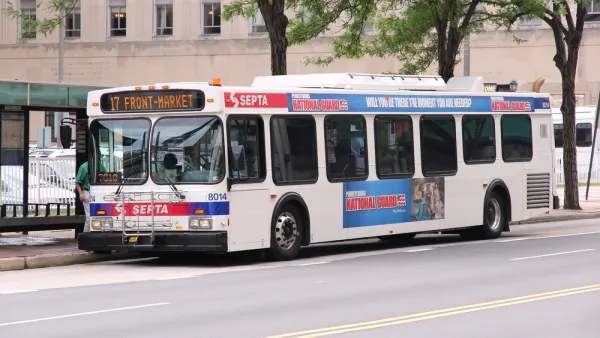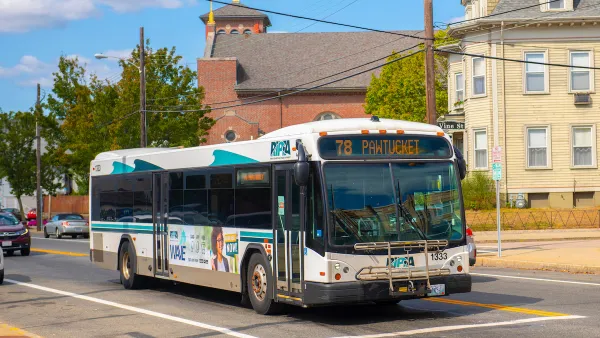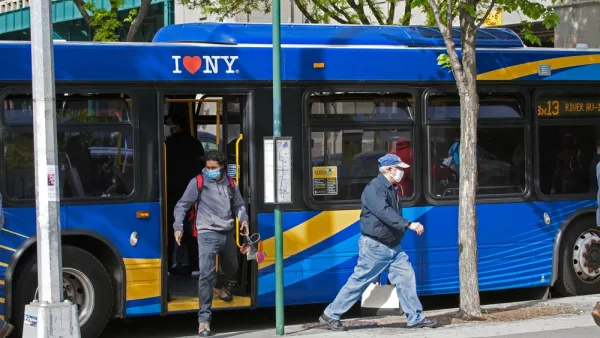All good transit wonks have an opinion on proof of payment.

Aarian Marshall reports on the expanding use of proof of payment systems for transit systems. "Europe got into 'proof of payment' systems—where wandering personnel request evidence you paid your way—in the 1960s," writes Marshall. "They made it to American shores, mostly in light rail systems, by the 1990s." The benefits of proof of payment systems, according to acolytes: "Faster vehicles, less crowding, and thus more frequent service, leading (hopefully) to more riders overall."
As 21st century technology make proof of payment easier (think Apple Pay and transit cards loaded onto smart phones), more cities are considering the model of Oslo, where even fare scofflaws are treated with a degree of indifference. The San Francisco Municipal Transportation Agency is one of the most recent American transit agencies to install a proof of payment system, using the " tap-able Clipper Card." Since that system has been in place since 2012, the SFMTA has tracked the difference in system performance. "In tourist-heavy areas, the system’s bus and streetcar dwell times per stop dropped 13 percent. Before, each person getting on or off needed 6.8 seconds. Now, they take 3. 5 seconds."
FULL STORY: Ignoring Fare Evaders Can Make Mass Transit Faster—And Richer

National Parks Layoffs Will Cause Communities to Lose Billions
Thousands of essential park workers were laid off this week, just before the busy spring break season.

Retro-silient?: America’s First “Eco-burb,” The Woodlands Turns 50
A master-planned community north of Houston offers lessons on green infrastructure and resilient design, but falls short of its founder’s lofty affordability and walkability goals.

Delivering for America Plan Will Downgrade Mail Service in at Least 49.5 Percent of Zip Codes
Republican and Democrat lawmakers criticize the plan for its disproportionate negative impact on rural communities.

Test News Post 1
This is a summary

Test News Headline 46
Test for the image on the front page.

Balancing Bombs and Butterflies: How the National Guard Protects a Rare Species
The National Guard at Fort Indiantown Gap uses GIS technology and land management strategies to balance military training with conservation efforts, ensuring the survival of the rare eastern regal fritillary butterfly.
Urban Design for Planners 1: Software Tools
This six-course series explores essential urban design concepts using open source software and equips planners with the tools they need to participate fully in the urban design process.
Planning for Universal Design
Learn the tools for implementing Universal Design in planning regulations.
EMC Planning Group, Inc.
Planetizen
Planetizen
Mpact (formerly Rail~Volution)
Great Falls Development Authority, Inc.
HUDs Office of Policy Development and Research
NYU Wagner Graduate School of Public Service





























